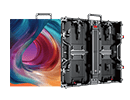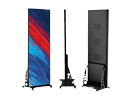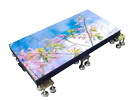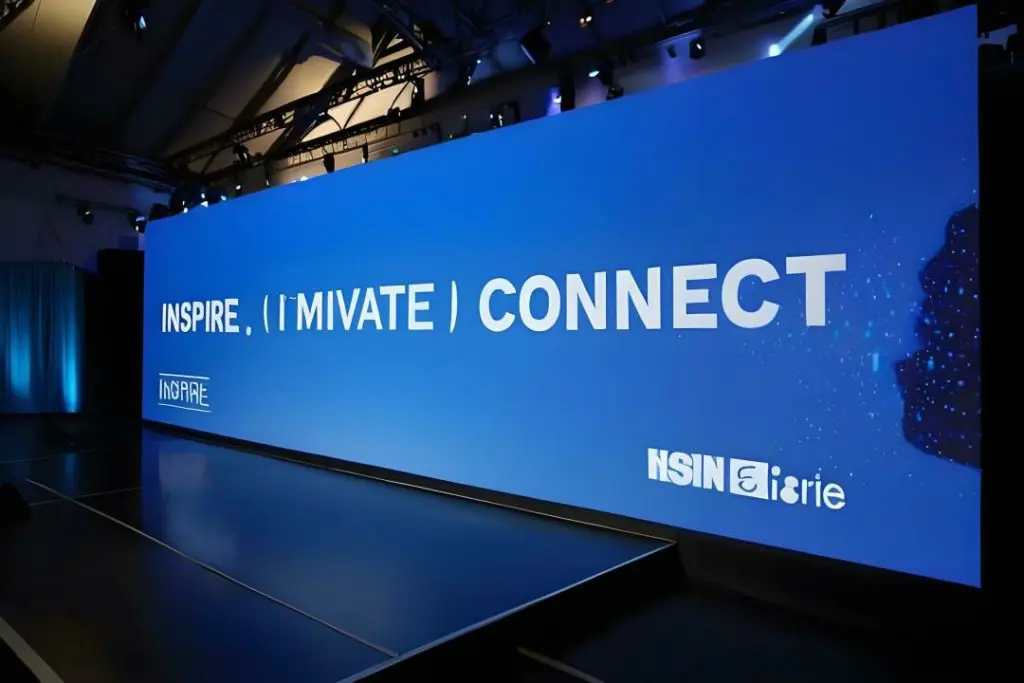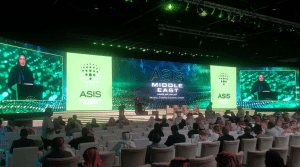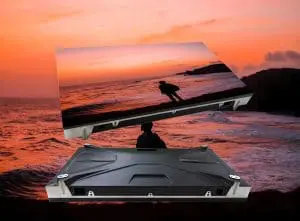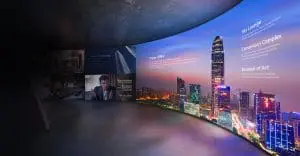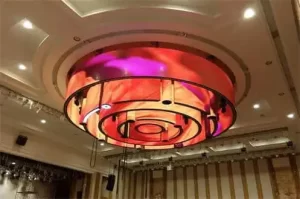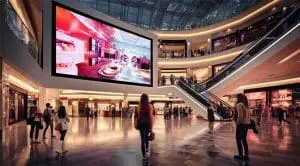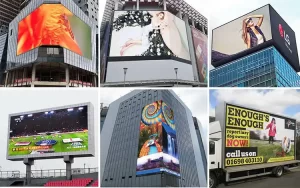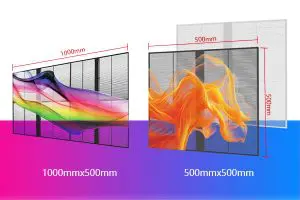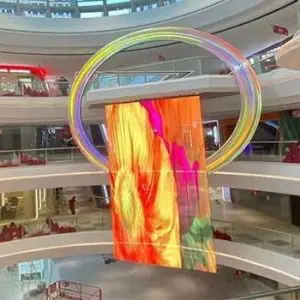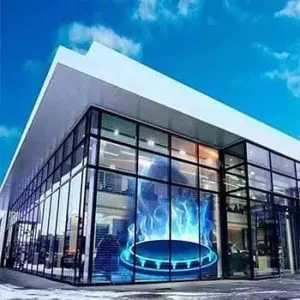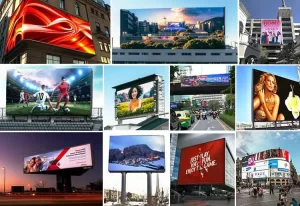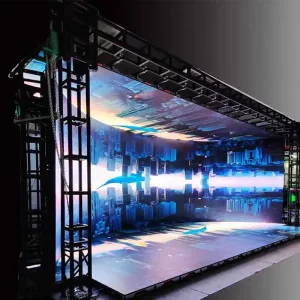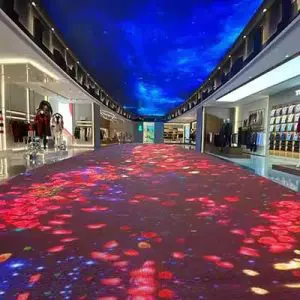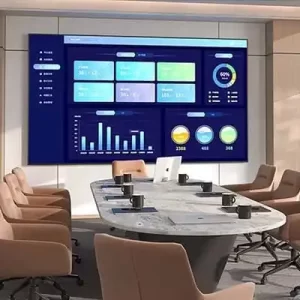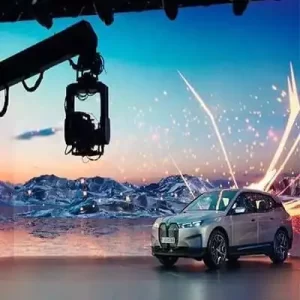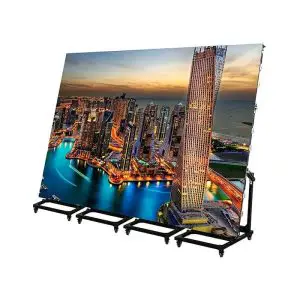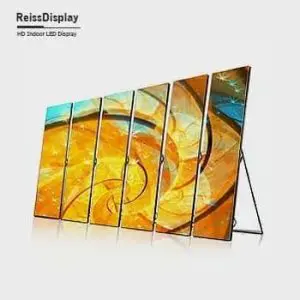What Are the Reasons That Affect the Quality of LED Display Screens: Ultimate Guide to Factors, Solutions, and Tips
LED display screens are essential for advertising, events, retail, and public information, but their quality can vary widely based on several factors. Understanding what are the reasons that affect the quality of LED display screens is crucial for buyers, installers, and users to ensure longevity, performance, and value. Poor quality can lead to issues like flickering, color distortion, or premature failure, while high-quality screens offer vibrant visuals and durability. The global LED display market is expected to reach $31.5 billion by 2027, with quality concerns driving 20% of returns (source: MarketsandMarkets). Factors range from manufacturing materials to environmental conditions, and addressing them can extend screen life by 50% (per LEDinside studies).
This ultimate guide explores what are the reasons that affect the quality of LED display screens, including key factors, their impacts, solutions, technical specifications, costs, applications, prevention tips, future trends, and frequently asked questions. Optimized for Google rankings with natural keyword integration and structured content, this article provides actionable insights based on industry data (e.g., Statista and LEDinside). Whether you’re troubleshooting factors influencing LED display quality, seeking solutions to common LED screen quality issues, or learning how to improve LED screen quality, you’ll find expert advice to make informed decisions and avoid costly mistakes.
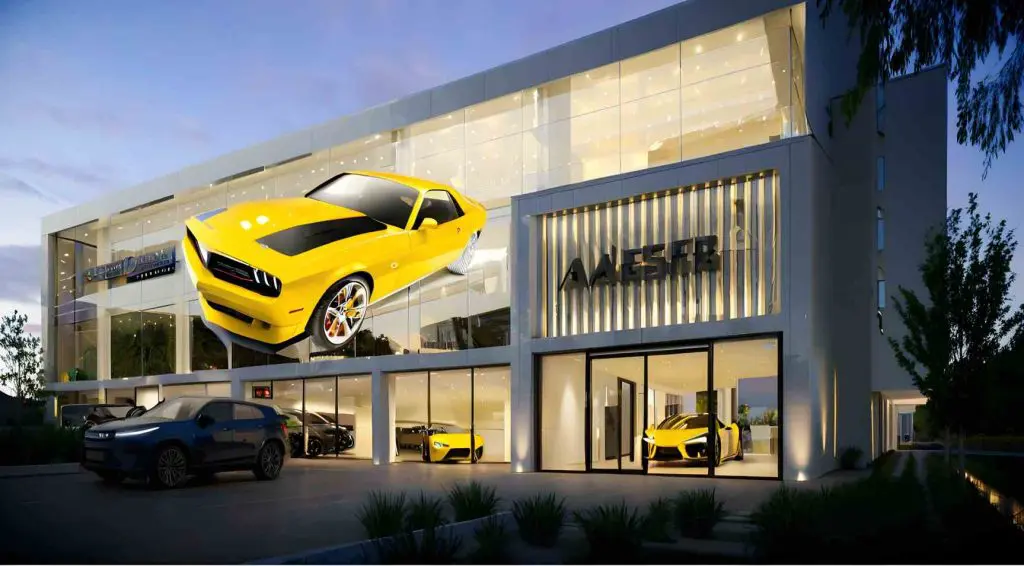
Understanding LED Display Screen Quality: An Overview
LED display screen quality is determined by how well the screen performs in terms of brightness, color accuracy, durability, and efficiency. High-quality screens use premium components and manufacturing processes, while low-quality ones cut corners, leading to failures. According to Statista, 35% of LED screen issues stem from poor component selection. Key quality metrics include pixel pitch, refresh rate, and lifespan. Recognizing what are the reasons that affect the quality of LED display screens helps in selecting reliable products, potentially saving 25-40% on long-term maintenance costs.
Quality affects applications like outdoor billboards (needing high brightness) or indoor events (requiring fine resolution). In this guide, we’ll break down the reasons, their effects, and solutions.
Top Reasons That Affect the Quality of LED Display Screens
Several factors influence LED screen quality. Here’s a detailed look at the primary reasons, their impacts, and real-world examples:
- Component Quality (LED Chips and Drivers)
Reason: Low-grade LED chips or drivers lead to uneven brightness, color shifts, or early burnout. High-quality chips (e.g., from Cree or Nichia) ensure consistency.
Impact: Reduces lifespan by 30-50%; causes flickering or dead pixels.
Example: Cheap indoor screens often fail in 1-2 years due to inferior drivers. - Manufacturing Process and Assembly
Reason: Poor soldering, inadequate testing, or substandard assembly causes loose connections or heat issues. Professional manufacturing (e.g., SMT processes) ensures reliability.
Impact: Leads to failures under stress; 25% of defects occur here (LEDinside).
Example: Hand-assembled screens may warp in high humidity. - Pixel Pitch and Resolution
Reason: Inappropriate pixel pitch (e.g., too coarse for close viewing) affects clarity. Fine pitches (P1.2) are better for quality but cost more.
Impact: Blurry images or pixelation; affects 40% of user complaints.
Example: Outdoor screens with P10 pitch look grainy up close. - Brightness and Contrast Levels
Reason: Insufficient nits (brightness) or low contrast ratios cause washout in bright environments. High-quality screens have 5,000+ nits for outdoors.
Impact: Poor visibility reduces effectiveness by 35%.
Example: Low-brightness screens fail in sunny conditions. - Environmental Factors (Temperature, Humidity, Dust)
Reason: Exposure to extreme weather without proper sealing (IP65+) causes corrosion or overheating.
Impact: Shortens lifespan by 40%; common in outdoor setups.
Example: Dusty environments clog vents, leading to failures. - Power Supply and Electronics
Reason: Unstable power supplies cause voltage fluctuations, damaging components. Quality PSUs with surge protection are essential.
Impact: Leads to burnout or flickering; 20% of issues.
Example: Cheap electronics fail during power surges. - Installation and Maintenance Practices
Reason: Improper mounting or lack of regular cleaning leads to physical damage or dust buildup.
Impact: Reduces quality over time; causes 15% of long-term failures.
Example: Misaligned installations cause uneven brightness. - Software and Firmware
Reason: Outdated or buggy software affects color calibration and content playback.
Impact: Poor performance; software issues account for 10% of problems.
Example: Incompatible firmware leads to compatibility errors.
| Reason | Impact on Quality | Common Solutions | Estimated Cost to Fix (USD) |
|---|---|---|---|
| Component Quality | Uneven brightness, short lifespan | Use premium chips | $200–$500 per m² upgrade |
| Manufacturing Process | Loose connections, heat issues | Choose certified manufacturers | $100–$300 for reassembly |
| Pixel Pitch | Blurry images | Select appropriate pitch | $300–$800 for replacement |
| Brightness/Contrast | Washout in light | High-nits models | $400–$1,000 upgrade |
| Environmental Factors | Corrosion, overheating | IP-rated seals | $150–$400 for protection |
| Power Supply | Fluctuations, burnout | Stable PSUs | $100–$300 |
| Installation/Maintenance | Physical damage | Professional service | $200–$600 |
| Software/Firmware | Playback errors | Updates/firmware fixes | $50–$200 |
How These Reasons Affect LED Display Screen Performance
The reasons above directly impact key performance metrics:
- Visual Quality: Poor components lead to color inaccuracy (e.g., delta E >3).
- Reliability: Environmental factors cause 50% of outdoor failures.
- Efficiency: Low-quality drivers increase power use by 20-30%.
- Cost: Fixing issues can add 15-25% to total ownership costs.
Case Study: A major stadium in Europe experienced frequent failures due to low-quality manufacturing, costing $100,000 in repairs until switching to premium screens, reducing downtime by 70%.
Solutions to Improve LED Display Screen Quality
- Select High-Quality Components: Opt for brands with certifications (e.g., ISO 9001).
- Choose Reputable Manufacturers: Look for factories with rigorous testing.
- Match Specs to Environment: Use outdoor-rated for weather.
- Professional Installation: Hire certified technicians.
- Regular Maintenance: Clean and update firmware quarterly.
- Invest in Warranties: 3-5 years with on-site support.
- Test Before Purchase: Request demos or samples.
- Monitor Performance: Use software for diagnostics.
Expert Tip: For how to choose a professional LED display screen, always verify MTBF (Mean Time Between Failures) ratings—aim for 50,000+ hours.
Benefits of High-Quality LED Display Screens
- Longer Lifespan: 100,000+ hours vs. 50,000 for low-quality.
- Better Performance: Consistent brightness and color.
- Cost Savings: Lower maintenance and energy bills.
- Higher ROI: Increased engagement and revenue.
Applications and Quality Considerations
Quality affects applications like advertising (need high brightness) or events (need durability). Case: Poor quality in a concert led to blackouts, costing organizers $50,000.
Technical Specifications Impacting Quality
| Specification | Low-Quality Impact | High-Quality Standard |
|---|---|---|
| Pixel Pitch | Blurry (P10+) | Sharp (P0.762–P4) |
| Brightness | Washout (<3,000 nits) | Visible (5,000+) |
| Refresh Rate | Flicker (<2,000 Hz) | Smooth (≥3,840 Hz) |
| IP Rating | Damage (IP54) | Protected (IP65+) |
| Lifespan | Short (50,000 hours) | Long (100,000+) |
Costs Associated with LED Display Screen Quality
Low-quality: $500–$1,000 per m² but high repairs ($200–$500/year). High-quality: $1,000–$3,000 per m² with lower long-term costs. ROI faster for premium.
Future Trends Addressing LED Display Screen Quality Issues
- AI monitoring for predictive maintenance.
- Advanced materials for better durability.
- Sustainable designs reducing environmental impact.
FAQ: Common Questions on What Are the Reasons That Affect the Quality of LED Display Screens
- What are the main reasons that affect the quality of LED display screens? Components, manufacturing, and environment.
- How can I improve the quality of my LED display screen? Choose premium parts and maintain regularly.
- What is the cost impact of low-quality LED display screens? Higher repairs, up to 30%



